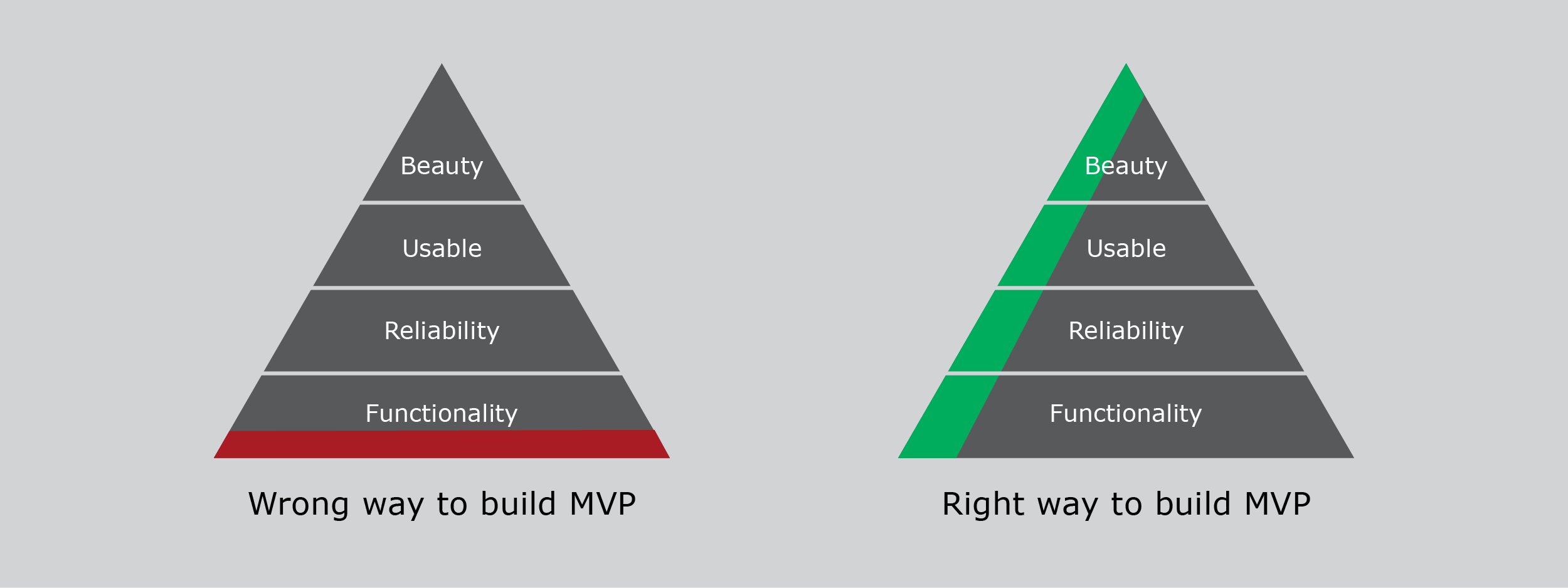What does MVP (Minimum Viable Product) Mean in Business?

For followers of the “Lean Startup” method, creating a business begins with implementing a minimum viable product. What are the keys to getting the most out of an MVP?
Already an MVP, what is it for?
Most often abbreviated as MVP (Minimum Viable Product, which is a pun with the MVP in basketball, representing the most decisive player in a match, Most Valuable Player), this notion is commonly used the startup universe, but not always wisely.
When we want to create an innovative service (technological or not), we, therefore, want to innovate! This implies by definition powerful notions, including that of uncertainty. Indeed, to innovate is to imagine and create something new. Therefore, you are embarking on a risky adventure with very little information on the actual demand for your product or service.
Innovating is often very expensive. On the other hand, it is, most of the time, impossible to predict any return on investment due to lack of information, which makes every investment action somewhat irrational.
The MVP, therefore, answers the question: how to acquire the most information on the expectations of the market compared to what I want to offer while limiting the initial investments as much as possible to take the least possible risk?
The MVP would therefore be a prototype? A mockup of the final product?
It is often here that the problems of understanding the concept begin. In MVP, we find “minimum”, “viable”, “product”.
Let’s define each term:
Minimum: it concerns at least two aspects: the functionalities and its cost. In reality, the two elements are closely linked: the less functionality the product has, the less expensive it is to produce. The fact that it is minimum also makes it possible to carry it out more quickly, allowing it to be compared to the market more rapidly and, therefore, obtain information more quickly.
Product: here means that the result to be obtained must be real. It must be able to be sold as such without waiting for the final version of the product. It can be a product or a service, virtual or not.
Viable: you will excuse me for having upset the order of the terms, but in reality, the viability, which corresponds to “the aptitude of a newborn to survive,” should arrive before minimum and product. The definition is apparent. The MVP must allow the company to continue to exist thanks to the income (or at least the traction) that the product generates! This is all the difference with a simple prototype.
The MVP must therefore be a finished product! It should not be just a shortened version of an ideal outcome, but it should be the first product that your business sells in order to achieve its first sales, which will allow it to continue investing in product improvement this time around. Here is the last information.
Conclusion
When discussing the implementation of the MVP, the reflex of most entrepreneurs is to want to keep as much functionality as possible while degrading them. The MVP is quite the opposite: a minimum of functionality: but each functionality (or each room in the house) must be able to fulfill its role or function perfectly!








